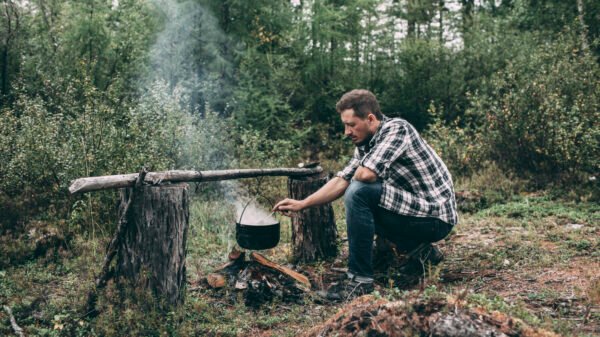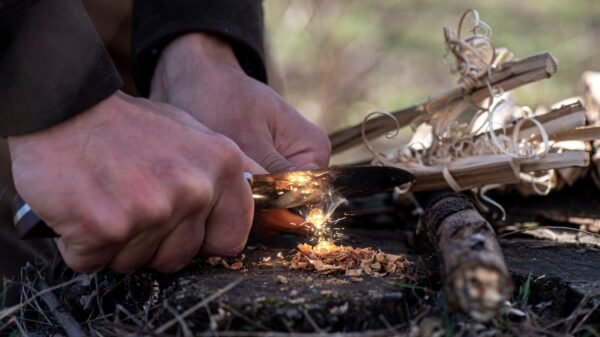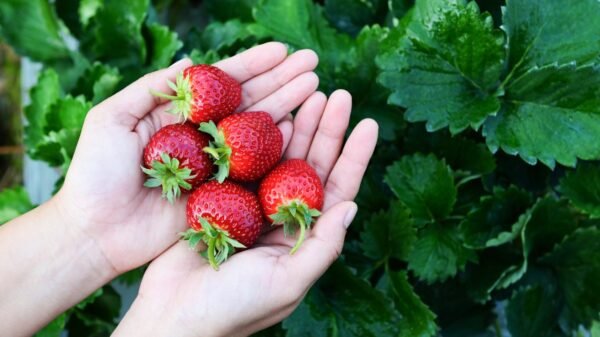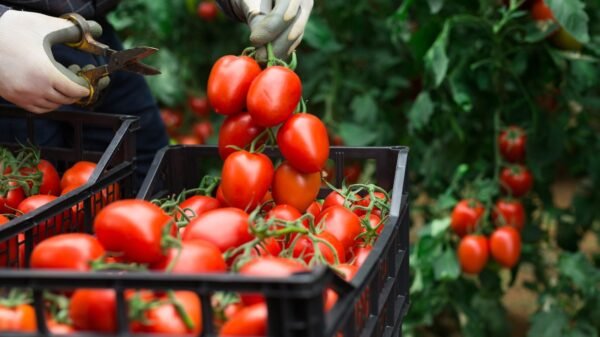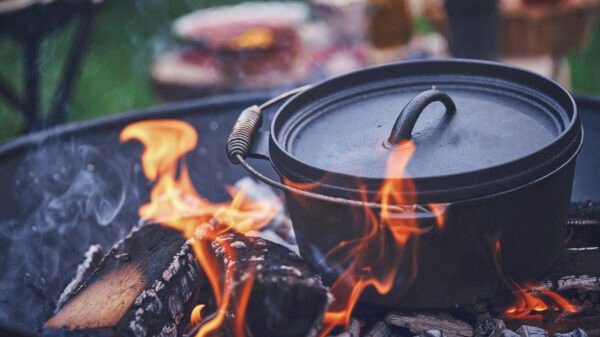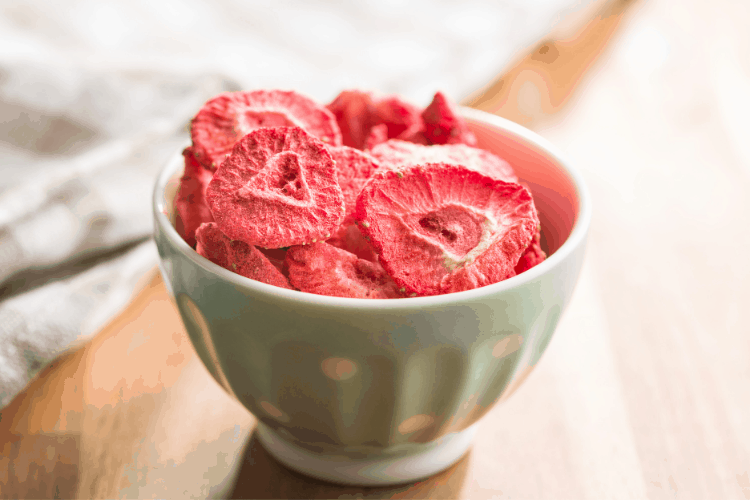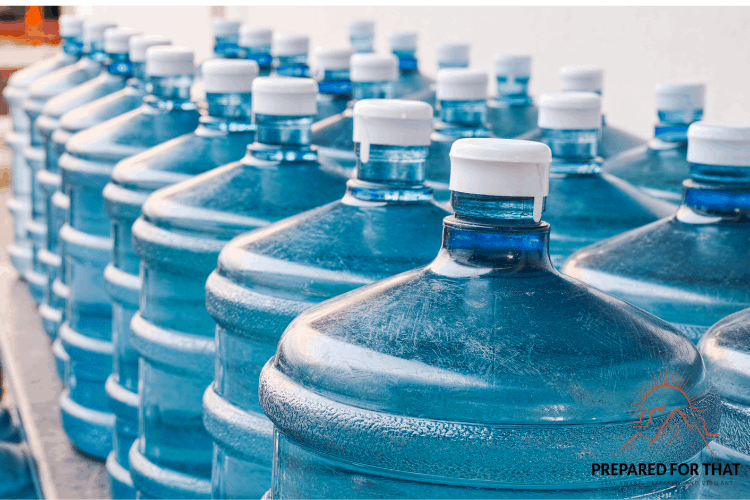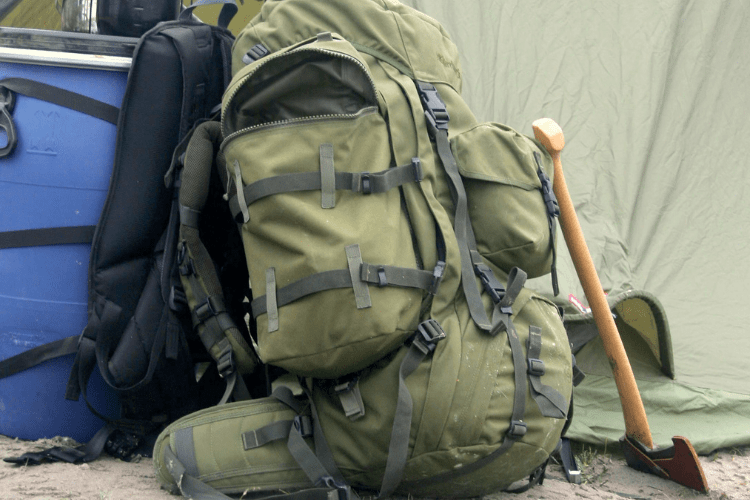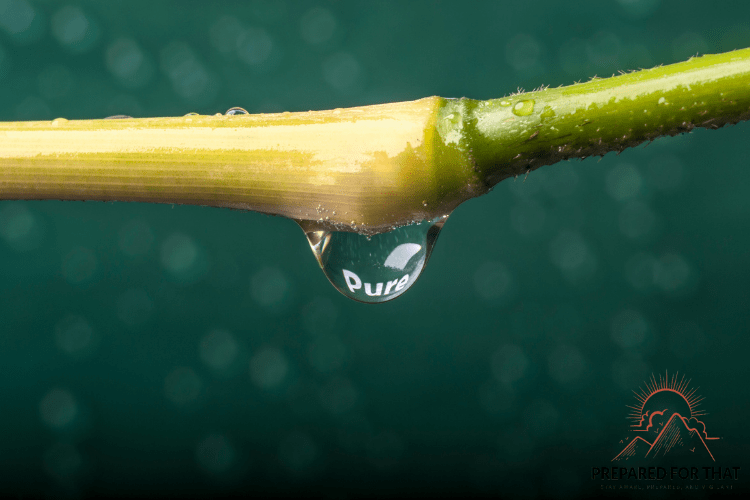Imagine if you could prepare emergency essentials freeze-dried food supply that would last over 30 years without spoiling. Imagine storing this food at room temperature, anywhere, without intricate storage equipment.
And lastly, imagine if this food storage form was smaller and lighter than regular food and could be prepared very cheaply with minimal time investment.
Well, good news, friends! This technology already exists. It is called freeze-drying (or lyophilization or cryodesiccation, depending on how big of a nerd you are talking to)
How to Freeze Drying Works
Freeze drying was first invented during World War II. The allies would ship serum to the front lines to help wounded soldiers. However, due to the lack of refrigeration technology available at the time, it would often spoil when it reached its destination. Freeze drying was invented to solve this problem.
The process of freeze-drying works like this: First, the food (or serum, in the above case) is flash-frozen (frozen quickly at very low temperatures, so the ice doesn’t form large crystals and damage the cells of the food). Then the moisture from the food is removed through sublimation (going from solid ice directly to vapor), often with the help of a vacuum chamber.
Once all the moisture is removed, the food is placed in air-and-moisture-proofed bags and stored. The food will return to its original form- with its taste, texture, and nutrients still intact, even decades later- by adding boiling water.
How To Freeze Dry at Home
- Freeze Drying with a vacuum chamber:
The quickest and most effective freeze-drying method is with a vacuum chamber. After the food is frozen, it is put in the vacuum chamber at a pump level below 133 x 10-3.
The vacuum environment will cause the sublimation process to happen much quicker, and you’ll be able to prepare more food in less time. When fully sublimated, the food is ready for storage.
- Freeze Drying with a Freezer:
If a vacuum chamber isn’t available to you, though, you can still freeze dry. It would be best if you had more time. You can cut the food into small pieces and place them on a perforated tray in the freezer (This process works much better in non-frost freezers).
The food will freeze in the first few hours, and over the next week, the sublimation process should take place (all the moisture will be removed). You can test the food by taking a piece out and letting it thaw. If it turns black quickly, it isn’t ready. If not, you’re ready for the next step, storage.
- Freeze Drying with a Dry Ice:
There’s a third way to freeze dry, and that’s by using dry ice. In a low-humidity environment, water molecules are drawn out of the material. Surrounding the food you want to freeze dry with dry ice (CO2 in its solid state) will create a near-zero humidity environment, drawing out the moisture very efficiently.
You’ll need a container twice the size of the amount of food you’re going to freeze dry (Tupperware is fine for your container). Put equal volumes of dry ice and the food you’d like to freeze dry into the container. Poke a few holes in the lid for the gas to escape.
One layer of dry ice, one layer of food, etc., works well. Put the container in the freezer to keep the dry ice solid for as long as possible. Check every 24 hours until the dry ice is gone. The food should be fully freeze-dried and ready for storage.
How To Store Freeze Dried Food
After freeze drying, either with a vacuum chamber or not, place the food in air-tight, moisture-proof bags. You can use a vacuum packing machine for this if one is available to you.
Ziploc bags also work fine as long as the air is pushed out. Seal them up and place them in your area of storage. You now have freeze-dried food and an emergency food supply that will be good for decades!
What Are The Best Foods To Freeze Dry?
There are many foods you can attempt to freeze dry. Fruits and vegetables work well. Apples and potatoes are great to start with as they’re the easiest. I’ve even heard of freeze-dried ice cream.
One thing to remember is that water is the only substance that sublimates, so while you may remove all the water moisture, some alcohols and acids can still affect your food’s storage and chemical stability.
Occasionally test your freeze-dried food to make sure it has transformed effectively and will be useful to you should the day come when you need it.
Sources:
https://www.wikihow.life/Freeze-Dry
https://www.popularmechanics.com/home/food-drink/a24825856/freeze-dry-food/


